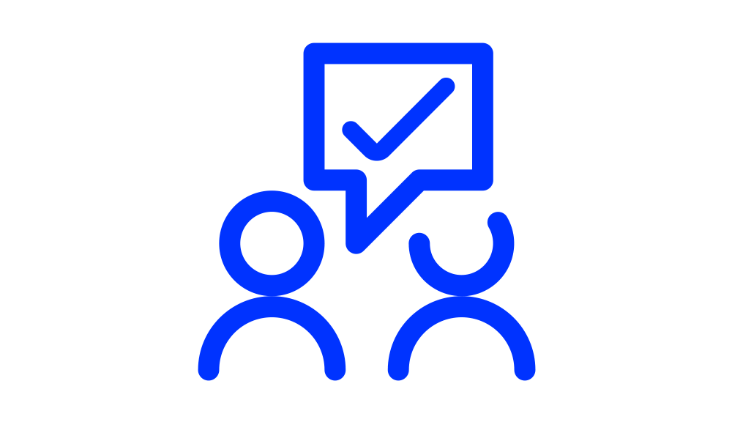At all times, inclusive language should aim to:
Focus on the person
Talk about the person, not their disability. Mention disability only when relevant to the content.
Use respectful language
Acknowledge a person's preference to identify with a particular community or characteristic. Avoid disempowering, discriminatory, degrading, or offensive terms.
Avoid harmful stereotypes
Negative words like 'victim' or 'sufferer' reinforce stereotypes that are not true. People with disability live diverse lifestyles, have families, and contribute to their communities.
Be inclusive
Recognise that many people with disability are proud of their identity and want it respected.
Language is very personal, and each person is likely to prefer certain types of words and combinations of phrases that are used in relation to their lived experience.
The American Psychology Associationii considers disability to be an overarching culture, with specific types of disability forming subcultures, each with their own methods of self-identification.
Some individuals and groups may prefer person-first language (person with disability) where the disability is not the focus. But others may prefer identity-first language (disabled person) where the person claims identity by means of the disability – it is up to the individual.
In many disability groups, the use of identity-first language is the reversal of a previously negative identity and a reclamation of cultural pride.
Where possible, be factual and descriptive, naming the specific type of disability (e.g. Down syndrome, cerebral palsy, blind, amputee) or use the generic term ‘disability’.
The most important factor to consider is maintaining the integrity of the person that is being spoken to. By considering integrity, you are addressing both the person's worth and the person's dignity. Where possible, negative or condescending references should be avoided, including the use of metaphors, euphemismsiii or terms that imply restriction due to the person's disability.
The following guide provides insights that demonstrate the change in language that has occurred with time. Please note, this guide is not a comprehensive reference and may not be suitable for every situation.
As with language, the way we interact with others also evolves with time. In any interaction, is it important that the person with the disability feels safe and respected. For many years the voices of people with a disability were ignored, undervalued, or dismissed.
The practice of inclusive engagement is an ongoing process of learning and growing. It's okay to make mistakes, but it's best to learn from them and share your learnings with others. The following suggestions may help create an inclusive experience.iv
- Acknowledge your own benefits and privileges that others may not have.
- Recognise your biases in how you interact with other people.
- Use existing information to ensure you are asking the right questions during an interaction. The person with the disability does not need to educate you, although many are open to sharing their experiences.
- Consider the accessibility and flexibility of the engagement.
- Take responsibility for your actions, limitations and any decisions you choose to make.
- Ask the person how you can make the engagement more suitable, and be prepared to provide the necessary supports.
- Take the concerns and needs of the person with a disability seriously; do not judge.
- Own your mistakes and learn from them.
- Always avoid offensive language, even in jokes.
- If someone calls you out for not being inclusive, don't make excuses. Instead, say, "I'm sorry. It wasn't my intention to offend you. Could you explain why what I said was wrong?"iii


 *NOTE
*NOTE